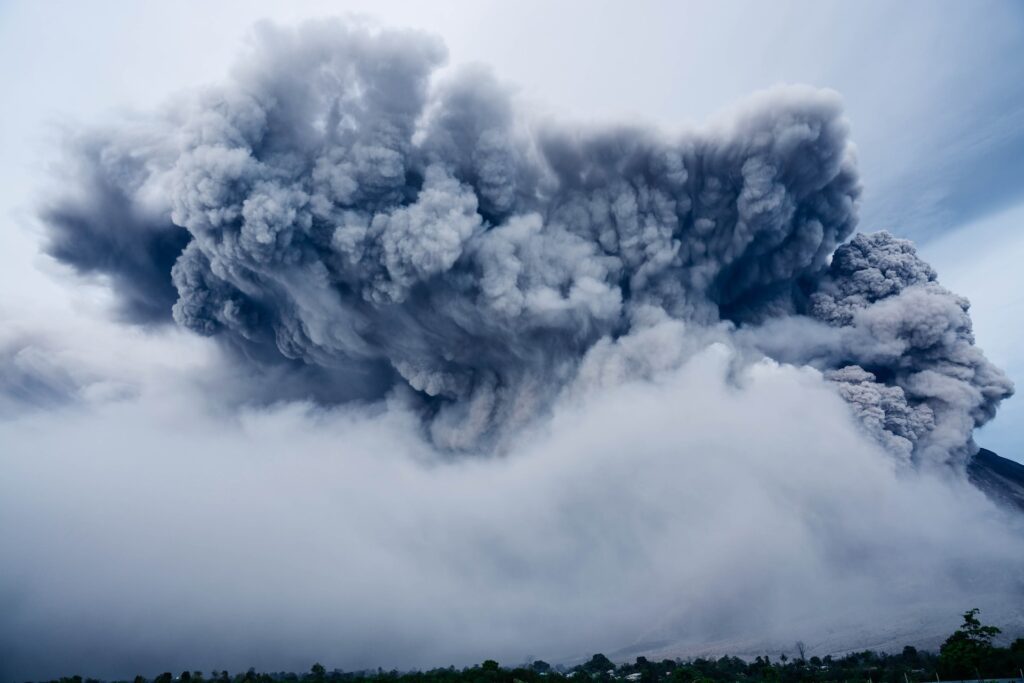The German cruiser Elisabeth noticed that there were particles of fumes and ashes ascending into the sky above an abandoned mountainous island. That was in May 1883 and little did they know about the chaos that was about to come.
Other ships began to notice the unsettling rumblings coming from the island, whose name was Krakatau, but which would later come to be known as Krakatoa. This was a result of a spelling error made by the broadcaster of a news bulletin. Here we take a look at how the eruption changed the world.
How the Krakatoa Changed the World
On August 27, 1883, all hell was let loose when Krakatoa was destroyed by a major volcanic eruption that produced enormous lava, pumice, and ash flows and caused two-thirds of the island to collapse and tumble into the ocean.
In addition to its terrifying power and effects, Krakatoa emerged as one of the most well-known volcanoes ever because it was the first massive volcano to erupt during a time when telegraph lines and published newspapers allowed for the transmission of accounts of what was happening at that moment.
How Effective Was It Exactly?
According to the National Oceanic and Atmospheric Administration (NOAA), the Krakatoa eruption created the loudest noise in recent history which could ever be heard. Even though the sound appeared to be distant gunfire, people could hear it from more than 2,800 miles (4,600 kilometers) away, on Mauritius, the island in the Indian Ocean.
It produced powerful pressure waves that circled the globe multiple times, spiking the readings on scientific equipment in the US and Great Britain. Two weeks later, a breathless account of the Krakatoa eruption appeared in the Los Angeles Herald. “The Krakatoa volcano emitted a pitch-black cloud that engulfed the surrounding area in total darkness as it scattered across the beautiful tropical sky.”
Worse Than the Explosion were The Tsunamis
According to NOAA, Krakatoa’s enormous tsunamis were far more deadly than the terrifying volcanic eruption itself. On the other coast of the Pacific, some of the surges made it to South America and Hawaii. But the Indonesian archipelago itself saw the majority of the destruction.
Although the old volcano was largely damaged by the eruption, it didn’t disappear. Instead, Anak Krakatoa, a new island, emerged from the water 43 years later. Anak Krakatoa erupted 89 years later in December 2018, sending out a tsunami of water that, according to the BBC, drove 47,000 people from their homes and claimed the lives of more than 400 individuals.
Was it that scary?
Krakatoa was the second-largest eruption in Indonesia during the 1800s. On the island of Sumbawa, 10,000 people were killed almost immediately by the Mount Tambora eruption in 1816, which ultimately claimed nearly 90,000 lives.
While it could be able to better safeguard the local people from volcanoes, dealing with any potential worldwide effects would be much more difficult. Fortunately, “these instances are relatively infrequent and intermittent,” according to Don Thomas.

